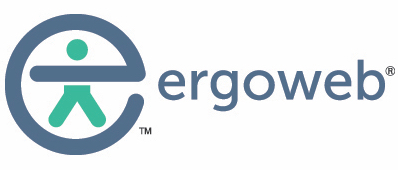June 28, 2011
Researchers Boda, Bhoyar and Garg conducted a study with the intention to validate the ability of the NIOSH Revised Lifting Equation and the University of Michigan 3D Static Strength Prediction Model (3DSSPP) to predict the future occurrence of work-related low back pain (WLBP). In this research review reprinted from The Ergonomics Report, reviewer Peter Budnick describes the results as mixed, bringing into question both the methods used to validate complex human-system models, and the ability of ergonomists to evaluate lifting/lowering tasks and predict associated risk of WLBP with certainty.
